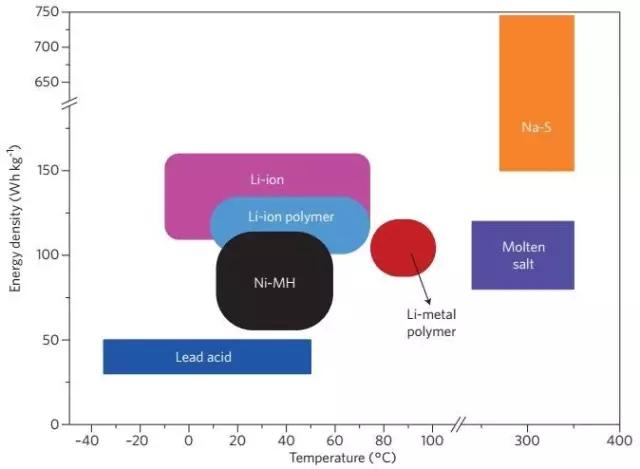Influences of Temperature ranges on Material of Lithium Ion Batteries
Published time: 2017-7-28 3:37:40, Publisher:
With the increasing demand for energy, people on the battery requirements are also rising, many products require the battery can work in a variety of extreme conditions. Lithium-ion batteries as a new energy storage technology, it has been widely studied and applied, but it only works in the room temperature environment. This is mainly because, high temperature or low temperature, will cause the battery performance reduce, especially in high temperature conditions, the internal will produce a large amount of heat floating, causing explosion and other security incidents.

1. The cathode material
Positive electrode is the transit center of lithium ion and electron, it is easy to phase change. On the other hand, in the case of deep charging, the side reaction at the electrode-electrolyte interface tends to cause the electrode structure to become unstable.
2. The anode material
The work of the negative electrode material is often dependent on the effective passivation layer, which will cause the passivation structure to be destroyed and cause side reactions, and the decrease in temperature will reduce the permeability of lithium ions.
3. The electrolyte
Under low temperature conditions, the electrolyte viscosity increases, hinder ion migration and electrode wettability, reduce the ratio of performance, in addition, the conductivity will cause the electrode around the lithium ion consumption. Under high temperature conditions, the electrolyte is susceptible to chemical changes and reacts with the charged electrode.
4. Other materials
In addition to cathode materials, anode materials and electrolyte materials, lithium-ion batteries also have some auxiliary materials, such as diaphragms, adhesives and current collectors and so on. Although these materials are hardly electrochemically active, they are rarely studied, but they are also important factors that protect the battery from working properly under extreme conditions.


